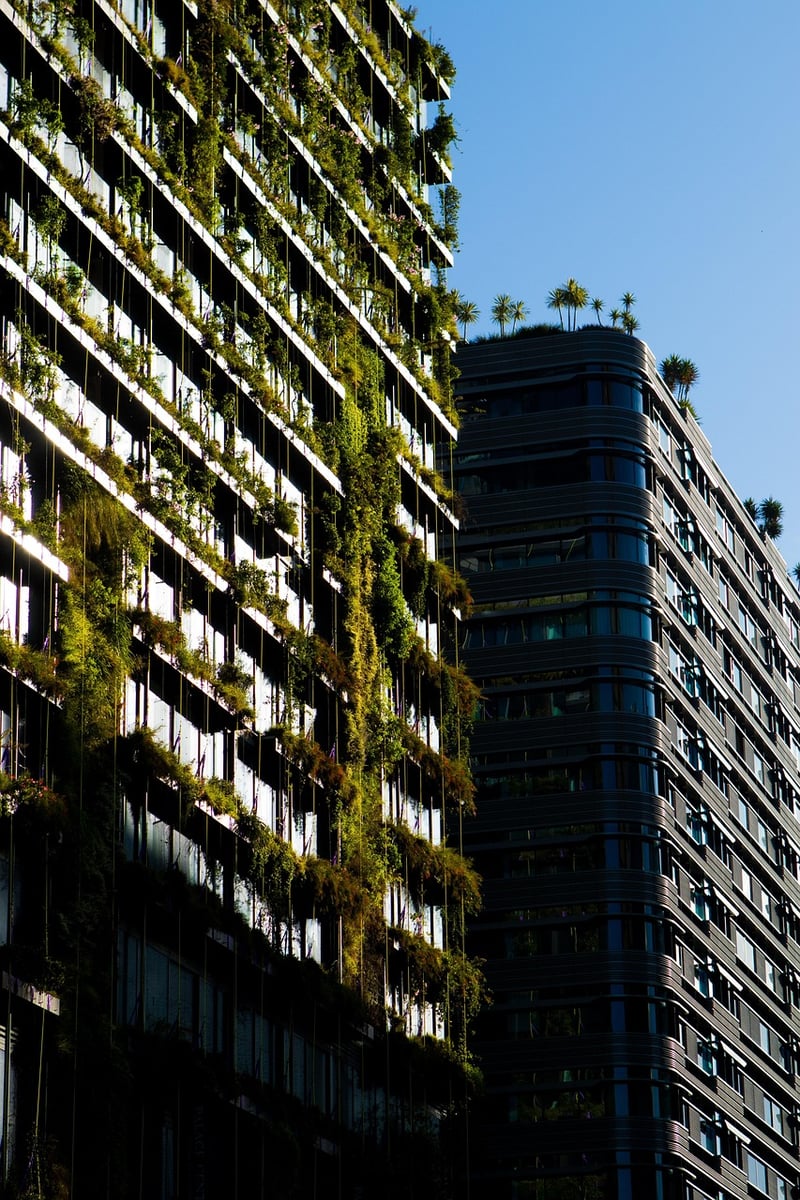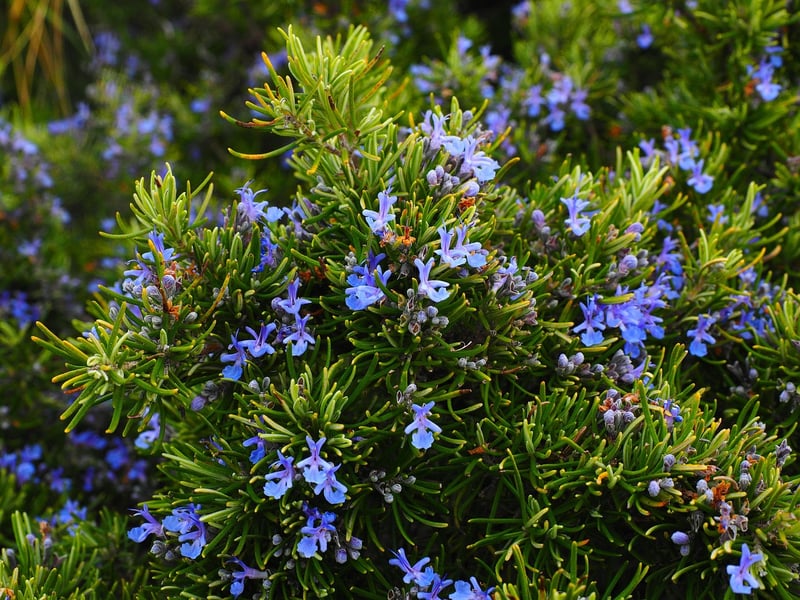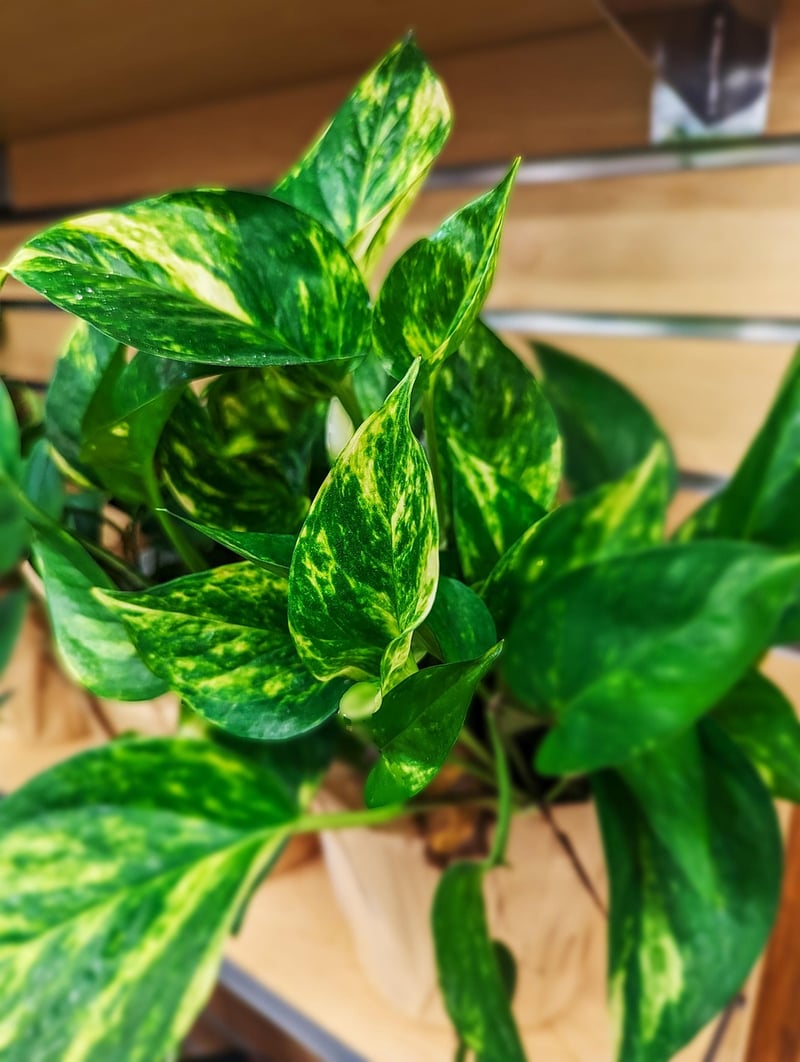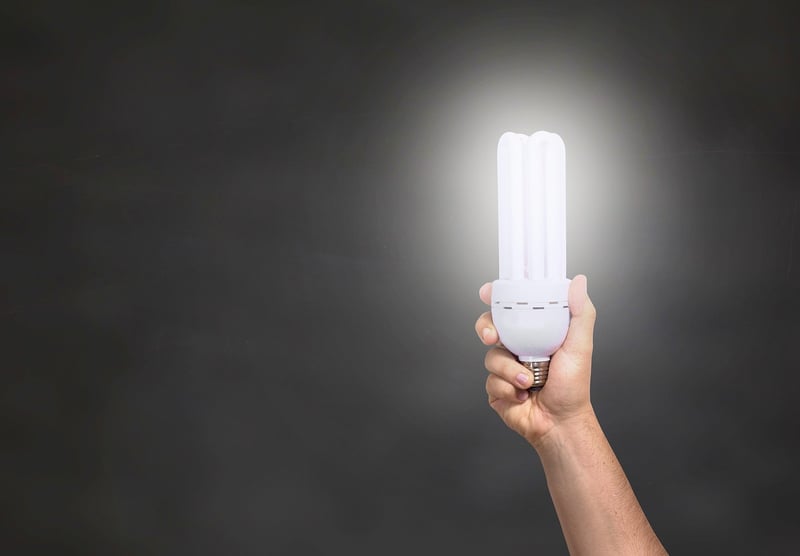Light requirements
Keeping Your Vertical Garden Thriving

Introduction
Vertical gardens are a fantastic way to bring greenery into small spaces and create a stunning visual impact. To keep your vertical garden thriving, it's essential to provide the right care and attention.
Light Requirements
1. Assess Light Conditions
Before choosing plants for your vertical garden, assess the light conditions in the area where it will be placed. Different plants have varying light requirements, so it's crucial to match them with the available light.
2. Sun-Loving Plants
If your vertical garden receives plenty of direct sunlight, opt for sun-loving plants such as succulents, herbs like basil and rosemary, and flowering plants like petunias and geraniums.

3. Shade-Tolerant Plants
For areas with limited light, choose shade-tolerant plants like ferns, peace lilies, spider plants, and pothos. These plants thrive in low-light conditions and will do well in shaded vertical gardens.

4. Rotate Plants
To ensure all plants receive adequate light, consider rotating them periodically. This practice helps prevent one side of the plant from becoming leggy or reaching towards the light source excessively.
5. Artificial Lighting
If natural light is limited, supplement it with artificial lighting. LED grow lights are an excellent option for providing the necessary light spectrum for plant growth, especially in indoor vertical gardens.

Conclusion
By understanding the light requirements of your plants and providing the necessary conditions, you can ensure your vertical garden remains lush and vibrant. With proper care and attention, your vertical garden will thrive and continue to beautify your space.
